The helicopter crash in Iran was provoked by the “deceptive sensations” of the crew
The possible cause of the crash of the helicopter carrying Iranian President Ebrahim Raisi and Foreign Minister of the Islamic Republic Amir-Abdollahian could have become quite A common mistake is that pilots neglected to maintain a safe altitude in the mountains. The former head of the Army Aviation, honored military pilot, Lieutenant General Anatoly Surtsukov spoke about this in a conversation with MK.

Let us recall that on Sunday, May 19, Iranian President Ibrahim Raisi died in a helicopter crash in the mountains near the border with Azerbaijan. The Mi-171 presidential helicopter was accompanied by two more helicopters, which arrived safely. The presidential plane was discovered only at night, 30 kilometers from the village of Taval. According to preliminary data, it fell on a mountain and caught fire. Everyone on board the helicopter died. There are nine people on the passenger list.
According to the honored military pilot, who has 522 combat missions in Afghanistan alone, Anatoly Surtsukov, it is too early to draw conclusions about the causes of the disaster:
— Until a comprehensive investigation is carried out using all the data, which are provided by technical means, eyewitness testimony, etc., one cannot talk about the true causes of the flight accident. We can only discuss hypotheses based on the meager data that are currently available.
— As you know, aircraft accidents occur for three types of reasons. The first is due to the fault of the personnel — those who pilot the aircraft, technically prepare it for flight, and are involved in the management of the flight or flight. This is followed by reasons related to the failure of aircraft and other reasons. At the moment, for example, all I know is that the helicopter lies on the slope of the mountain, closer to its top. That's all.
The following includes my many years of experience operating various types of helicopters and leading helicopter units in both peacetime and wartime. I have been through four wars, and my experience tells me that the most likely thing to happen is a flight in difficult weather conditions in mountainous areas. At the same time, the pilots may have neglected to maintain the so-called safe altitude. This height is calculated based on the highest elevation of the terrain, to which a safe gap is added. Only this height is considered safe in this area.
— In my practice, there have been many cases when in mountainous or hilly areas, with changeable flight visibility, the crew thinks that they will pass between clouds, between areas with poor visibility. It seems to the crew members that now they will get through this short period of poor visibility, and then everything will be fine again… General Alexander Lebed died in such a crash of the Mi-8 helicopter. In exactly the same conditions, before my eyes, during the Chechen events, several disasters occurred when, while maneuvering in mountainous terrain, crews collided with a mountain.
— I don’t think that this is a technical failure, because there would be other phenomena. Judging by the fact that the explosion occurred and no one managed to survive, the helicopter collided with the mountainside at cruising speed, which is used for a long flight. This suggests that the equipment worked normally. And the type of technology itself does not matter here if the combination of these factors led to these events.
But we must remember that any disaster does not happen for one reason — as a rule, it is a combination of factors that leads to a fatal result.
At the moment we only have this meager fact on the basis of which we can build such a hypothesis , which, of course, is subjective and very hypothetical.
— Certainly. That's why. first of all, after providing assistance to survivors, if there are any, people who arrived at the scene of the disaster try to remove objective control means, the so-called “black boxes,” from special compartments. In fact, they are orange.
— On helicopters, this is usually one cassette or information storage device. Flight parameters are written on them, including the crew’s communications with each other, with the ground, and with air traffic control authorities. They are either in an armored cassette, or container, or capsule, which is protected from shock loads, high temperatures, exposure to water and other aggressive agents. Objective controls are usually located in the location least susceptible to shock loads. As a rule, somewhere in the tail.
-If they are found, it will not take much time to decipher them. For trained personnel, a maximum of a day. The fact is that different means of objective control record from 12 to several hundred flight parameters — altitude, speed, revolutions, propeller pitch, temperature and a lot of other data.








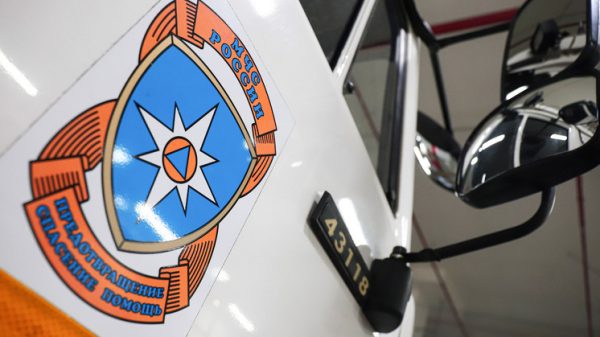
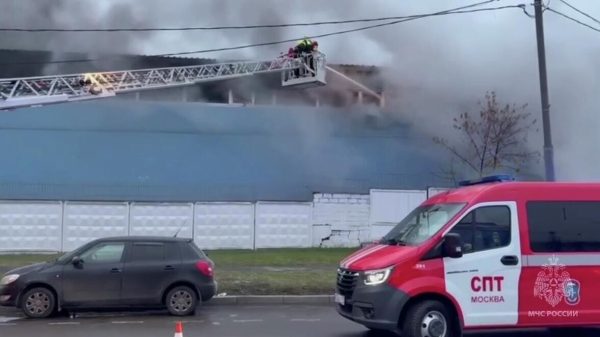
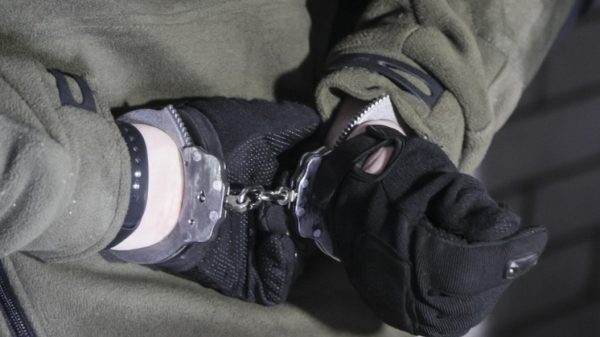






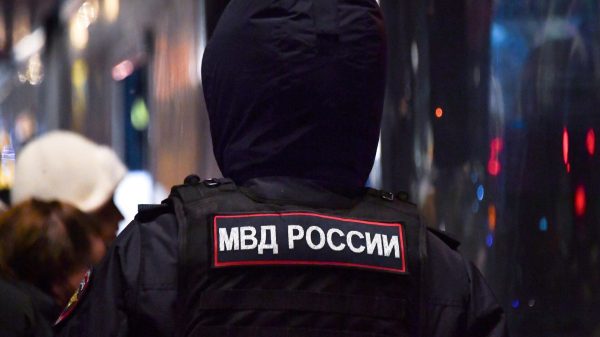


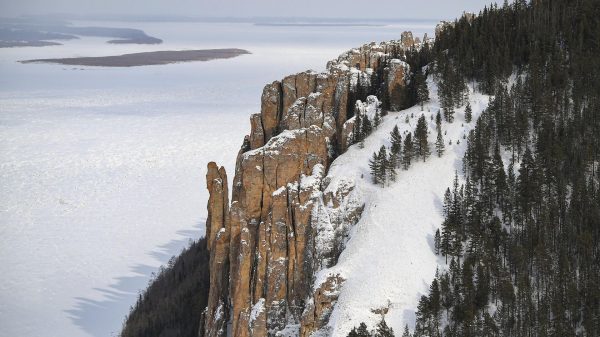
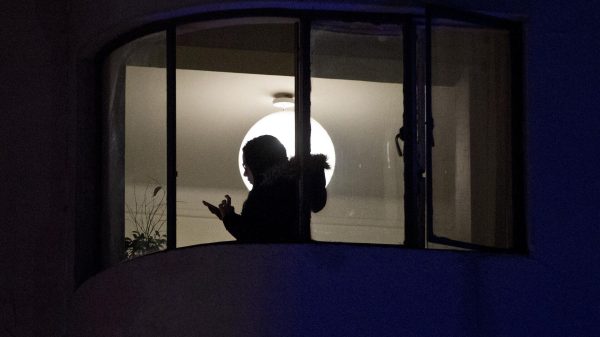












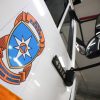

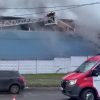









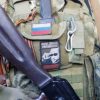
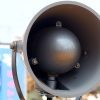
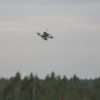


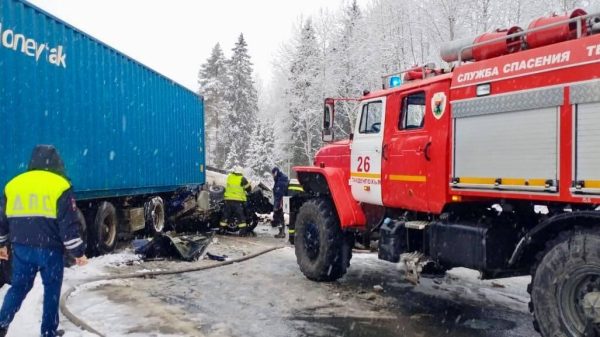
Свежие комментарии